It is recognised that the few remaining wildcats have been interbreeding with and catching disease from feral cats. This is considered the biggest threat to the survival of wildcats in Scotland.
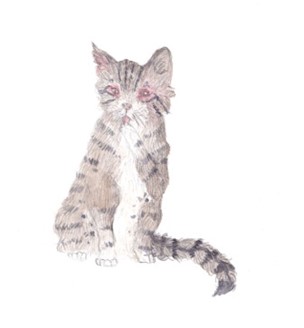
The story so far
European wildcats crossed from the Continent into Britain after the end of the last Ice Age, around 9,000 years ago. Once widespread, the species is now on the brink of extinction in Scotland. A sad history of habitat loss, persecution and, more recently, breeding with domestic cats, has forced the Highland Tiger to a point where the population is no longer viable. Without urgent action, wildcats will be lost forever from our shores.
Cats arrive
Thousands of years after the European wildcat comes to Britain, Near Eastern cats arrive. These have been domesticated for some time and are brought to Britain as pets. There are now two types of small cat on the British mainland.
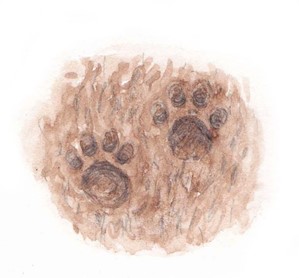
Wildcats are in trouble
A combination of a change in land use and the increased intensity of predator control in the Victorian era is bad news. There are now no wildcats left in England or Wales and they are pushed back to the far north and west of Scotland.
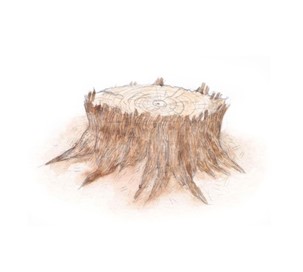
Recolonisation
During and after the First World War, there is less gamekeeping activity meaning less persecution. This is also the start of a significant change in land use - reafforestation.
Wildcats start to range further afield and meet mostly domestic cats as they expand their range.
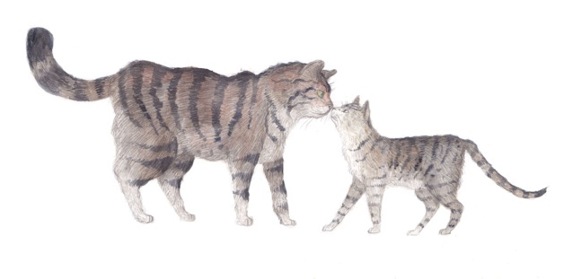
Growing awareness of the threat from interbreeding
It is recognised that the few remaining wildcats have been interbreeding with and catching disease from feral cats. This is considered the biggest threat to the survival of wildcats in Scotland.

Law on their side
Following a history of wildcat persecution which contributed to their decline, wildcats are legally protected for the first time. It is now illegal to kill or disturb a wildcat.

Research of wild-living cats
Important research on the ecology of all wild-living cats is conducted, including wildcats, hybrids and feral cats, highlighting the degree of mixing.
Wildcats become a European Protected Species. They are really on the edge of extinction.
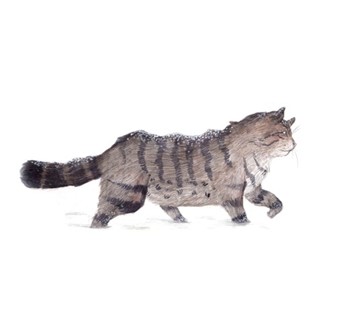
How to identify a wildcat
To protect the wildcat, and distinguish it from other cats, a classification based on their pelage (markings on their coat) is developed. We now know they have a distinctive bushy tail with black rings and a blunt tip as well as other key coat markings.
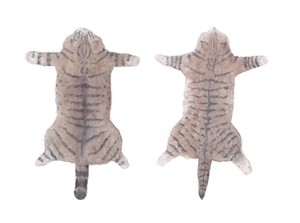
Cairngorms project launched
A pilot project is launched to trial conservation action in an area in the Cairngorms where cats with the distinctive wildcat markings have been sighted.
Scottish Wildcat Conservation Action Plan
The findings from the pilot project are used to develop an ambitious conservation plan. It unites a large group of leading organisations and experts who are keen to help save our wildcats.

Taking action
Scottish Wildcat Action launches with four project officers working in six priority areas. Conservation activities focus on wildcat camera trapping research, data collection, threat reduction (eg. Trap Neuter Vaccinate and Release), education and conservation breeding.

No viable wild population
A report published by the International Union for Conservation of Nature’s Cat Specialist Group concluded there is no longer a viable wildcat population living wild in Scotland, with hybridisation with domestic cats the major threat to their survival. This means the extinction of the species is highly likely without carefully carried out wildcat releases.
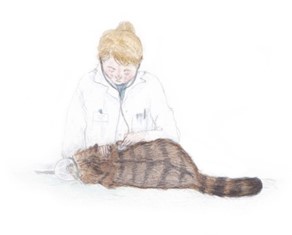
Saving Wildcats
Building on the work of the Scottish Wildcat Action partnership, the Saving Wildcats (#SWAforLIFE) recovery project includes the development of the UK’s first conservation breeding for release centre.
Situated at the Royal Zoological Society of Scotland’s Highland Wildlife Park near Aviemore, the centre will provide facilities for breeding, veterinary care, remote monitoring and training to prepare wildcats for release into Cairngorms National Park.
RZSS will lead the Saving Wildcats project in collaboration with NatureScot, Forestry and Land Scotland (FLS), the Cairngorms National Park Authority (CNPA), as well as European partners Norden’s Ark from Sweden, which specialises in the restoration and conservation of Sweden’s native wildlife, and Spain’s Consejería de Sostenibilidad, Medio Ambiente y Economía Azul de la Junta de Andalucía which led the successful recovery of the Iberian lynx, once the planet's most endangered cat species. Releases are being conducted with the support of Cairngorms Connect.
Together, we can secure a future for the beautiful Highland Tiger. Find out how you can help.

The project recruited a dedicated team of conservation professionals, based at Highland Wildlife Park, near Aviemore.
After the UK’s first wildcat conservation breeding for release centre (CBRC) was built in a quiet area away from visitors at the park, the team welcomed 22 wildcat kittens in a very successful first breeding season.

The first round of wildcat releases in Scotland has been completed by the Saving Wildcats partnership. Throughout the summer, 19 wildcats were released into various locations within the Cairngorms Connect landscape, situated in the Cairngorms National Park.
The released wildcats are tracked daily using GPS-radio collars and the data has revealed many new insights into the behaviour and ecology of the wildcats, particularly their activity patterns and habitat use.
Meanwhile, Saving Wildcats had another successful breeding season at the CBRC, with a further 13 kittens born. These kittens will be eligible for release in 2024.

In late May, Saving Wildcats were delighted to confirm that the first wild-born wildcat kittens were recorded on trail cameras within the release area. This marks a significant milestone in the project’s efforts to restore the wildcat to Scotland.
The second round of releases took place throughout the summer, with a further 9 wildcats released into the Cairngorms National Park. The field team continue to monitor the released wildcats using GPS-radio collars, many of which have been replaced.
Saving Wildcats also welcomed an additional 16 kittens to the CBRC this year, all of which will be eligible for release in 2025.
